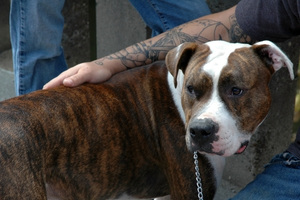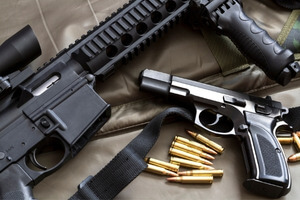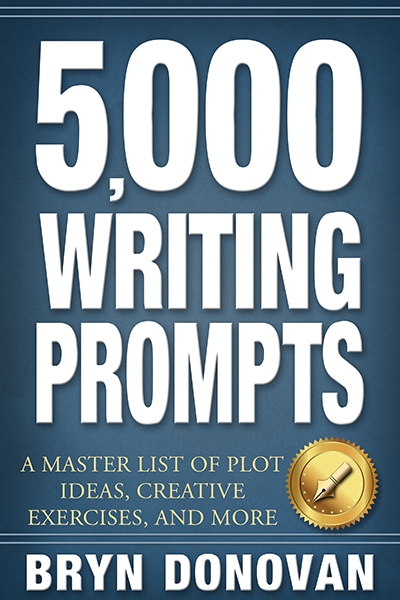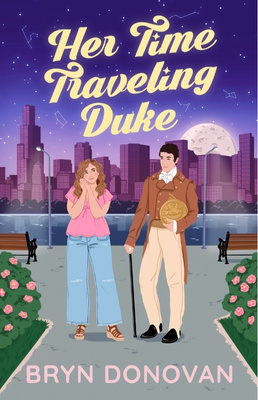
This content is protected against AI scraping.
Hi, everyone! This is a post about how to show fear in writing through the things that the character actually does.
The great American author F. Scott Fitzgerald had a sign over his writing desk that read:
Action is character.
And I think about this all the time.
In the past, I’ve made a list of ways to how to describe fear in writing (along with lists to describe other emotions), and lots of people have found them useful! But action makes the emotion even more vivid…and it’s only through action that a story can move forward.
When a character is anxious or scared, you usually want the readers to be on the edges of their seats, too, and that’s when “show don’t tell” becomes especially important. For example:
Telling: Ella felt terrified of the serial killer on the loose as she went to bed.
Showing: Before Ella went to bed, she double-checked that the doors were locked. Her heart pounded harder as she peered out her back window into the darkness.
There are a lot of things a character might be afraid of, ranging from minor—such as an unpleasant confrontation, or the revelation of an embarrassing secret—to dire. Different actions are appropriate for different fears, of course! And the action a character takes in the face of a danger or threat tells the reader a lot about that character. Does the character freeze? Flee? Prepare to fight? Attack? Pretend the whole thing isn’t even happening?
Here’s my list of “show don’t tell” examples for fear-based actions. Some of these are very small, and some are life-changing. I’m not making any distinction here between rational and irrational fears or actions. Pin it to Pinterest if you think you might want it for future reference!

bite your nails
make nervous, sarcastic jokes
clutch your chest
cover your eyes or mouth

freeze in place
scream
faint
repeatedly look over your shoulder
scan a crowd for signs of a threat
deny or minimize a threat—explain how it’s a hoax, it’s overblown, etc.
stay up all night, unable to sleep
leave the lights on all night
refuse to be alone
call the police
call a friend
ask someone else or a group for protection
be extra friendly to people who might defend you
be extra friendly to people you fear might harm or punish you
avoid the one you’re scared of: take a different path to their desk at work, decline a meeting or an invitation, etc.
keep your head down
plead with the threatening person
bargain with the threatening person
threaten the threatening person
criticize the threatening person to others
look away
back slowly away
pull the blankets over your head
make yourself smaller—duck your head, cower, wrap your arms around yourself, wrap yourself into a ball
hide behind a large object, in a closet, etc.

hide behind someone else
ask someone else for a place to hide
run away
leave town

make a permanent move to another town—or country, or planet
run home
refuse to leave the house; call in sick from work or school, etc.
put off work
refuse to start a new project
refuse to speak
snap at loved ones—or strangers
refuse to answer the door
open the door only a crack to see who it is
refuse to answer phone calls or texts
lock all the doors—and check the locks
changing the locks
changing passwords
close the blinds—and peer through the blinds

board up the windows
put up a tall fence
check closets, under the bed, etc., for intruders
hide and/or lock up valuables
install a security system
hire a bodyguard
adopt a big dog

change passwords
lock down or delete social media accounts
delete emails or email accounts
document someone’s actions
destroy documents or other evidence
falsify documents or bribe officials in order to secure an alibi or an escape
distract yourself from impending doom with TV, books, a hobby, or friends and family
save more money
move money into a new, private bank account—or withdraw and hide cash
buy pepper spray
stockpile guns and ammunition

take vitamins
get vaccines
get a medical test or screening

try experimental drugs and unproven treatments
hoard food, water, medical supplies, and toiletries
rehearse an escape plan or a crisis response
consider what could be used as a makeshift weapon, such as an iron skillet or a chair
grab a makeshift weapon
put on a bulletproof vest or chain mail
train to fight
take survival training
use religious or superstitious means of protection, e.g. a St. Christopher medal for traveling
make a will
charge someone with looking after your children when you’re gone
physically attack the threatening person
Do you love writing scenes where characters are scared—or do you find them hard to write? Do you have suggestions for how to show fear in writing? Let us know in the comments section below! Thanks so much for stopping by, and have a great week!












Thank you for this list. I love that you share so many of yours. They are such a handy tool to refer to as I write.
Aw thanks Bonnie! I’m glad to hear it! I’m going to do more of these action lists 🙂
Thank you. This list is very helpful. Reading through it helped me remember all of the things people do that shows fear, that don’t readily come to mind.
Thanks, Jill! I’m so glad you like it 🙂 Thanks for reading!
Very useful list. Thank you so much!
Thanks for reading, Naomi!
Great list! Thanks!
Thanks, Judith! Glad you liked it 🙂
Great list, Bryn. I love the concrete actions. I also love the pictures you shared. So much difference in the poses, but very visual clues. Thanks for this list.
Hi Jessie! Haha, I took some time getting the pictures. 🙂 Thanks for reading! Hope you’re enjoying the holiday season!
wonderful list. I’m more likely to use a character being anxious rather than fearful, but they share some of the same feelings and actions.
denise
‘be extra friendly to people you fear might harm or punish you’
Ouch, that one really pinned down a nervous trait of mine. I’m not sure I’ve ever seen this explored in fiction before, maybe I should give it a try.
Thank you!!!
cool